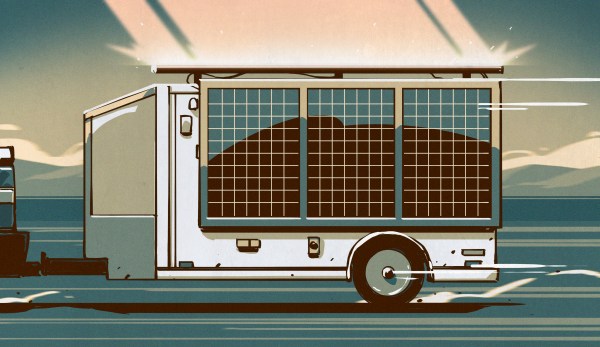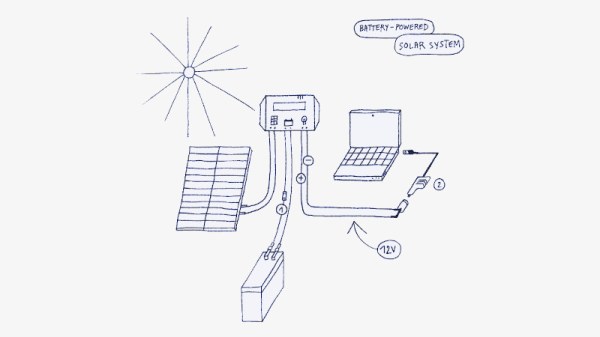When was the last time you saw a computer actually outlast your weekend trip – and then some? Enter the Evertop, a portable IBM XT emulator powered by an ESP32 that doesn’t just flirt with low power; it basically lives off the grid. Designed by [ericjenott], hacker with a love for old-school computing and survivalist flair, this machine emulates 1980s PCs, runs DOS, Windows 3.0, and even MINIX, and stays powered for hundreds of hours. It has a built-in solar panel and 20,000mAh of battery, basically making it an old-school dream in a new-school shell.
What makes this build truly outstanding – besides the specs – is how it survives with no access to external power. It sports a 5.83-inch e-ink display that consumes zilch when static, hardware switches to cut off unused peripherals (because why waste power on a serial port you’re not using?), and a solar panel that pulls 700mA in full sun. And you guessed it – yes, it can hibernate to disk and resume where you left off. The Evertop is a tribute to 1980s computing, and a serious tool to gain some traction at remote hacker camps.
For the full breakdown, the original post has everything from firmware details to hibernation circuitry. Whether you’re a retro purist or an off-grid prepper, the Evertop deserves a place on your bench. Check out [ericjenott]’s project on Github here.


















